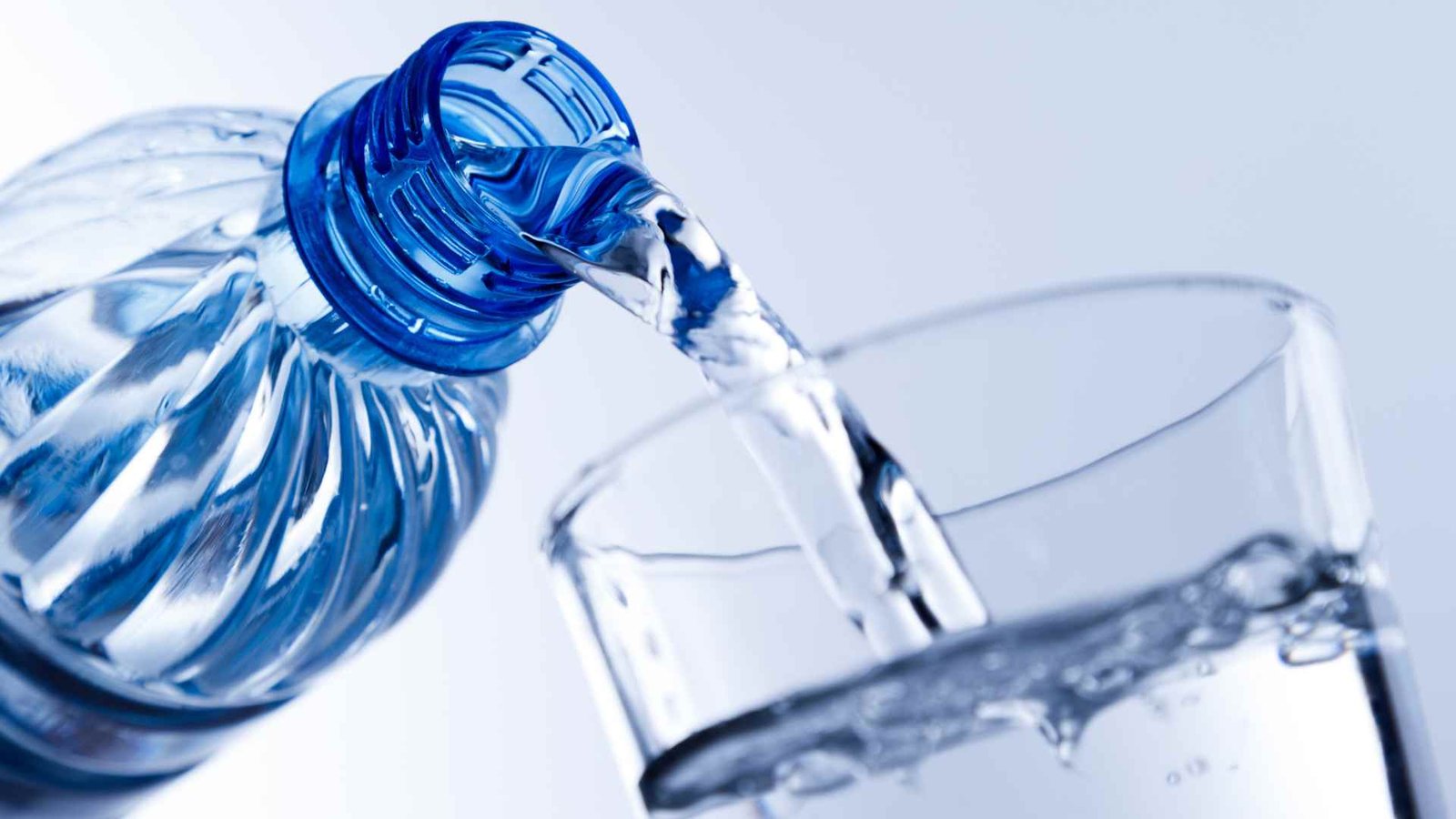Filteredwaterguide.com is supported by readers. If you purchase through referral links on our site, we make a commission at no extra cost to you. Learn more.
Home » Water Filtration Systems » Springwell Water Filtration Top Filters & Softeners Reviewed
What is TDS in Water?
One of the aspects of home water quality that people most often overlook is the number of total dissolved solids (TDS) that are found in their tap water.
While all total dissolved solids found in water are considered to be an impurity, what makes them different from other impurities is that they are found in ionized, molecular, or micro-granular (also known as colloidal sol) form.
Why is it important to be aware of the TDS content of your home’s water? It’s because it’s widely thought that if certain dissolved solids build up in your system, it can impact your health.
Dissolved solids in your home’s tap water can also affect some of the surfaces that your tap water comes into contact with and have an impact on your water’s odor, taste, and color.
As a 26-year veteran in the swimming pool and hot tub maintenance industry, I am very familiar with what is TDS in water and the associated health issues and other problems it can cause.
I would like to go over these with you in more detail below.

What Are Total Dissolved Solids?
Total dissolved solids represent the concentration of substances that have been dissolved in a sample of water. For tap water testing purposes, testing for TDS is one way to test the purity of the water in your home.
TDS can consist of both organic and inorganic matter. Dissolved solids in water are mainly salts that have positively charged ions and other matter that has negatively charged particles.
Once again, the key trait for impurities in water that enable them to be labeled a dissolved solid is that they must be in ionized, molecular, or micro-granular form.
Common Total Dissolved Solids
With the multitude of TDS sources that are mentioned above, it’s not surprising that the list of dissolved solids that are commonly found in water is an extensive one.
Here are some of the soluble solids that you are more likely to find in your home’s tap water:

- Pesticides
- Bicarbonates
- Herbicides
- Chlorine
- Sodium
- Calcium
- Fluoride
- Magnesium
- Nitrates
- Aluminum
- Iron
- Copper
- Chloride
- Lead
- Sulfates
- Zinc
- Potassium
- Arsenic
It should also be noted that every substance that’s found in water does not fall in the category of being a dissolved solid. This includes impurities that are not positively or negatively charged such as dirt, dust, and mud.
Also worthy of mentioning, is that some soluble solids such as potassium and calcium are not harmful to your health in small quantities.
Common TDS Sources
You may be wondering how total dissolved solids can end up in your tap water. For one, water is widely considered to be one of the better universal solvents.
That means when it comes into contact with metals, minerals, salts, and organic compounds, some of these substances’ physical makeup gets dissolved into that water.
Here are some of the man-made and natural sources that can contribute to the total dissolved solids that are found in your tap water.

- Industrial wastewater
- Water treatment chemicals
- Silt runoff
- Flooding events
- Stormwater runoff
- Mines
- Sewage
- Urban water runoff
- Runoff from agricultural land
- Plumbing lines
- Carbonate deposits
- Farmland runoff
- Natural mineral springs
- Water softeners
- Road de-icing salts
- Seawater overwash
- Water treatment chemicals
- Natural salt deposits
Measuring Total Dissolved Solids
When testing for total dissolved solids they are measured by milligrams per liter:
According to the EPA, home drinking water should measure at a TDS level of 500 mg/L or less. The closer to zero the purer your home drinking water is.
For comparison’s sake, here are some average TDS levels in other water sources:
- Freshwater = 1500 mg/L of TDS
- Salt water = 5000 mg/L of TDS
- Ocean Water = 35,000 mg/L of TDS
Testing TDS Levels
The preferred method for measuring TDS in water is using a meter that measures the electrical conductivity of water.
The meter itself does not give you the answer for the amount of total dissolved solids in your home’s water either. It only fills in the EC (electrical conductivity) portion of the following formula.
TDS = KE x EC
KE in the formula represents what is known as a correlation coefficient. This varies between 0.55 and 0.8
It must be noted that this test also cannot determine what soluble solids are present in the water that’s being tested. They can only confirm the presence of dissolved solids.
That’s why it’s suggested that further testing be done to determine what specific dissolved solids are found in your tap water if it’s thought to have a high TDS content.
Here is a chart that shows the acceptable range of TDS in tap water:

Do TDS Impact Health & What Other Problems Do They Cause?
If you look at the above-mentioned list of common total dissolved solids, a few will jump out at you as being something that you already know that you don’t want to ingest into your body.
Nobody would do such things as willingly drink pesticides, lead, or arsenic.
That right there answers the question of whether or not total dissolved solids are harmful. Most of the listed common total dissolved solids can be harmful to some extent if they are allowed to buildup in your system.
As far as actual studies that have been done relating TDS to health problems the information is very limited.
One Australian study was noted in a World Health Organization bulletin on TDS.
It found that there was some correlation in communities between ischemic heart disease and acute myocardial infarction (heart attacks) when there was a higher presence of soluble solids in their water.
This included a higher amount of such total dissolved solids like calcium, magnesium, sulfate, chloride, and fluoride in some of the studied communities’ drinking water.
TDS are also a known contributor to corrosion when they get on metals. They can significantly impact the taste, color, and odor of your drinking water if they are found at higher levels too.
How to Get Rid of TDS Solids in Tap Water?
Several different ways can be used to get rid of total dissolved solids in your tap water. Most notable among these is having your tap water pass through a filtration device.
Unfortunately, not all water filters do a great job removing TDS. If you have found out that you have a high level of total dissolved solids in your drinking water, then it’s recommended to get a filter that uses activated carbon or is considered to be a microfilter.
Combining one of these filters with a water deionization system makes for even better results when trying to eliminate TDS from your home drinking water.
A Few Final Thoughts on Total Dissolved Solids
So now you should know a little more about what TDS are and how they can get into your tap water.
You should also be more aware of the importance of having your tap water tested for them.
The good news about total dissolved solids is that many companies that specialize in water purification products have developed effective means of removing a large majority of the soluble solids from your home drinking water.
It’s even better yet that most of these TDS reducing devices are very inexpensive in relation to all of the benefits that you get from them.
As someone who has worked professionally around water almost my entire adult life, I certainly pay attention to TDS in my home’s tap water.
I encourage you to familiarize yourself with the amount of total dissolved solids in your tap water too and take proactive steps if your tap water’s TDS level is high.
You can check out a water test kit or consider testing your home water to start.


